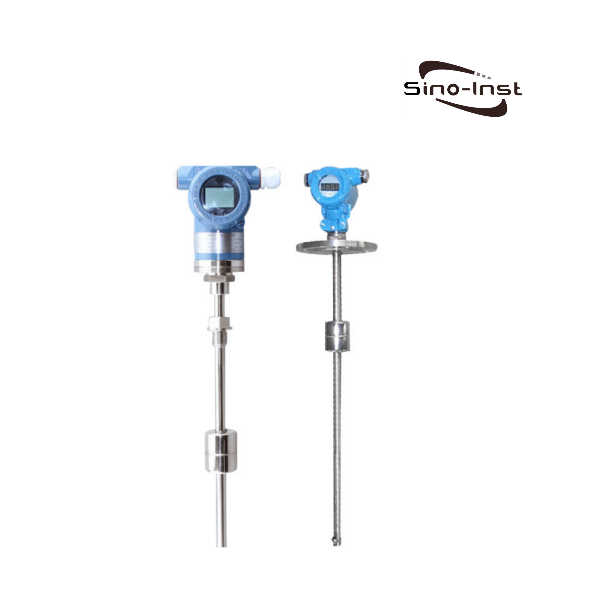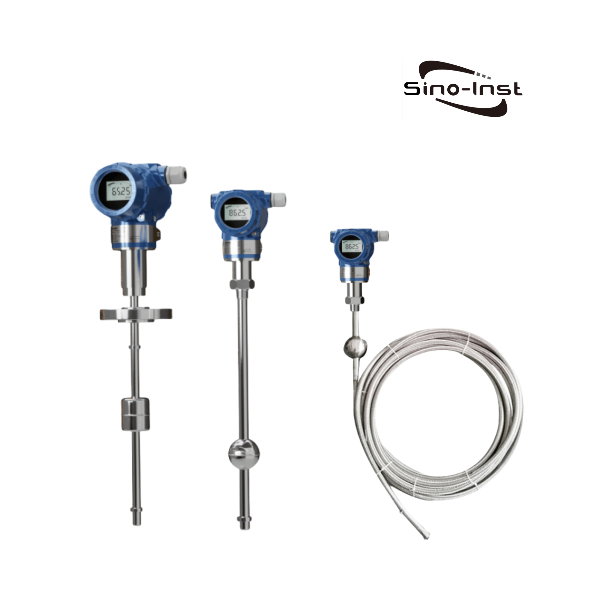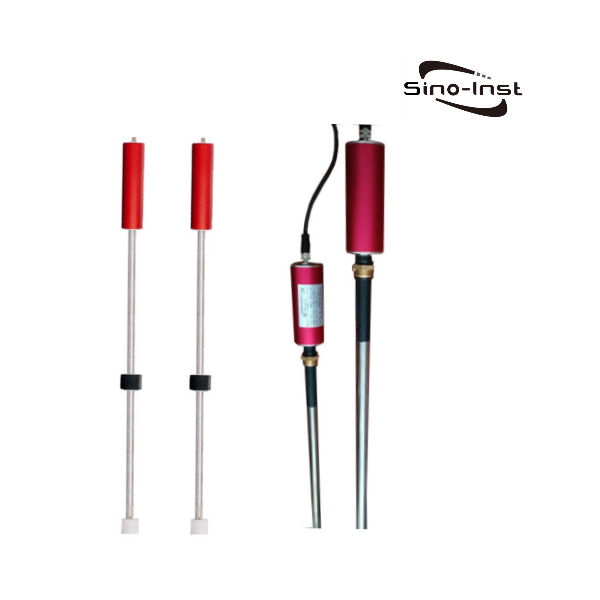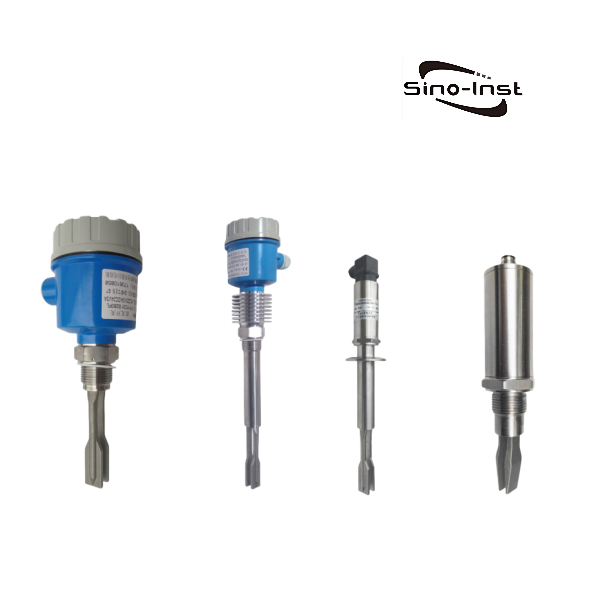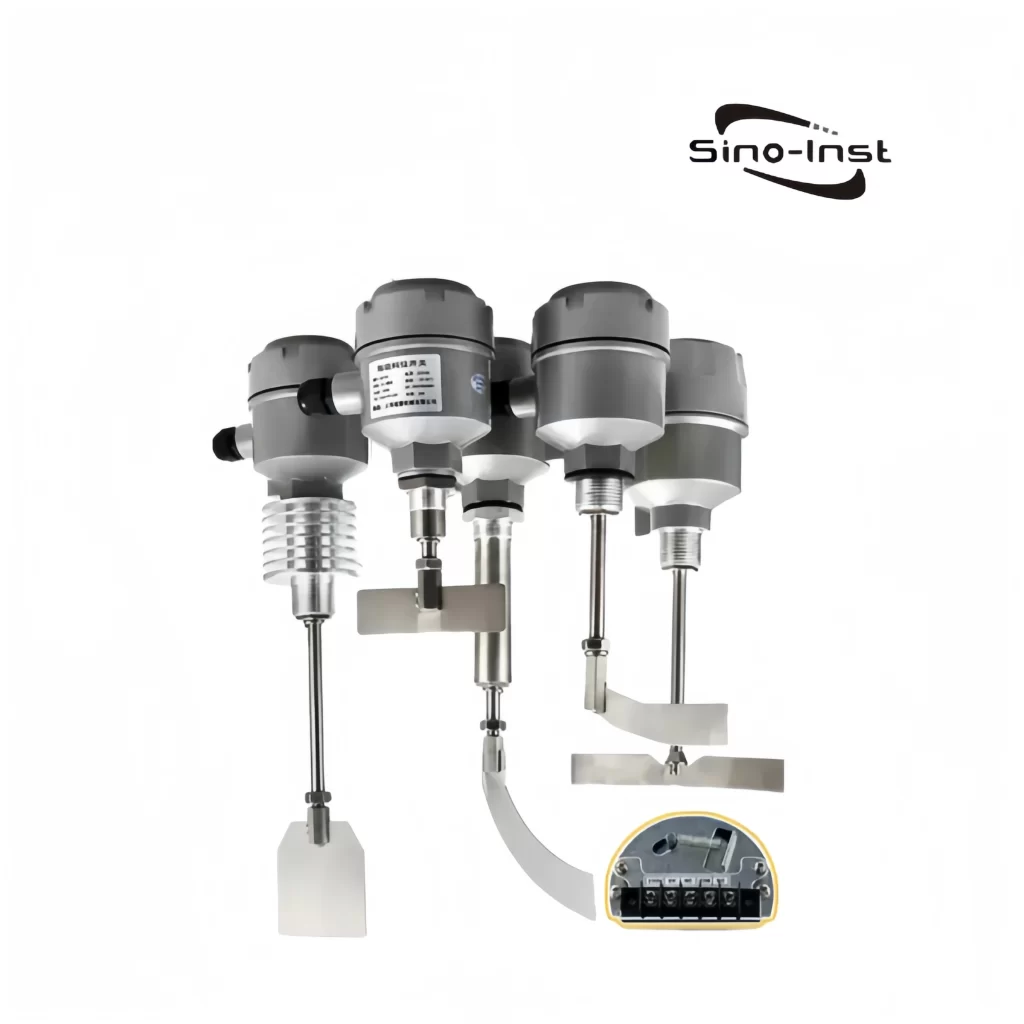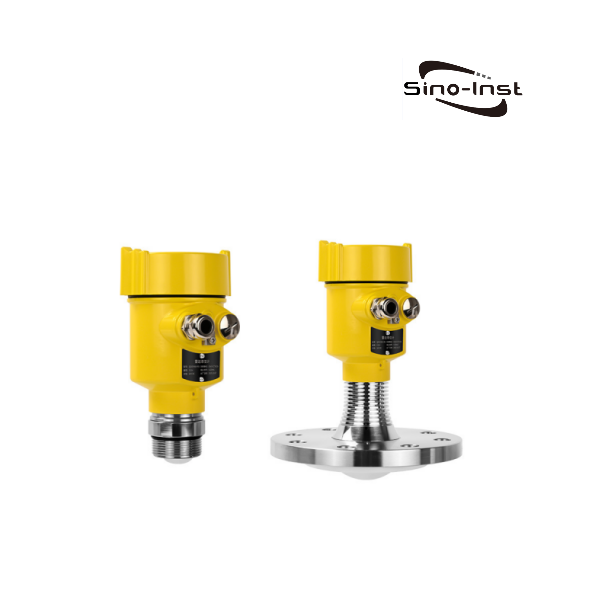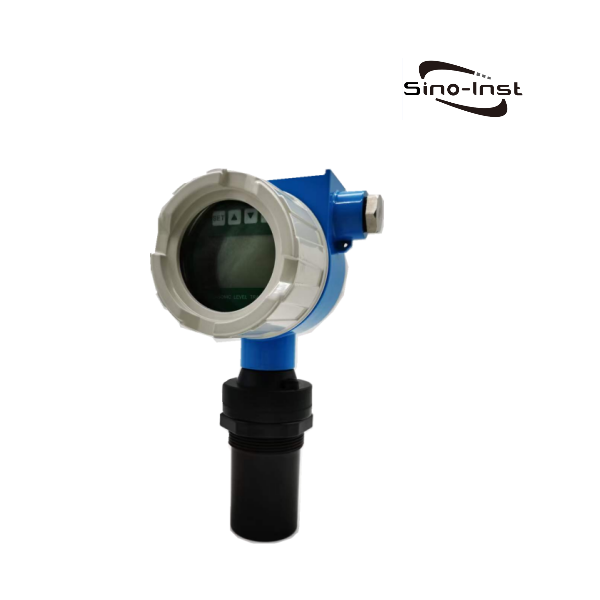
Firstly, let’s know what is Floating level?
Float level switches run on the concept of buoyancy. The float rises or lowers when the liquid level alters and the location of the float is monitored by a switch or sensor.
Whether you are carry off a primary residential water tank or operating a high-pressure industrial system, the correct selection of float level switches is crucial. Specialized options such as high level float switch, stainless steel float switch, guarantees safety, efficiency, and automation.
Basic Working Principle of Float Level Switches
- A float made of a buoyant material rises and falls with the liquid level.
- Attached to the float is a magnetic or mechanical switch mechanism.
- The movement of the float actuates the switch, signaling high, low, or preset liquid levels.
Difference between a float switch and a level switch
Float switches are perfect for basic liquid level detection in water tanks and pumps, whereas level switches are more versatile.
Level switch offers advanced options like continuous monitoring and use in complex or hazardous environments such as chemical processing or food manufacturing. Including liquid media and solid media, etc.
Benefits of a high-Low level float switch
- Prevents environmental contamination
- Protects equipment from damage due to overflow
- Reduces waste and improves operational safety
- High Level Float Switch: Preventing Overflow & Spillage
- A low-level float switch prevents the tank liquid level from being too low.
Kinds of Float Level Switches
- Vertical Float Level Switch
Mounted from the top or bottom of a tank, these switches are commonly used in compact applications. - Horizontal Float Level Switch
Installed from the side of a tank, they are ideal for small tanks and where vertical space is limited. - Cable Suspended Float Switch
Often used in wastewater and sump systems, the float hangs from a cable and switches based on tilt angle. - Multi-Point Float Level Switch
Allows monitoring of multiple levels using multiple floats on a single stem, useful for complex tank operations. - Reed Switch-Based Float Level Switch
Employs a reed switch inside a stem and a magnet inside the float. This is common in precision applications.
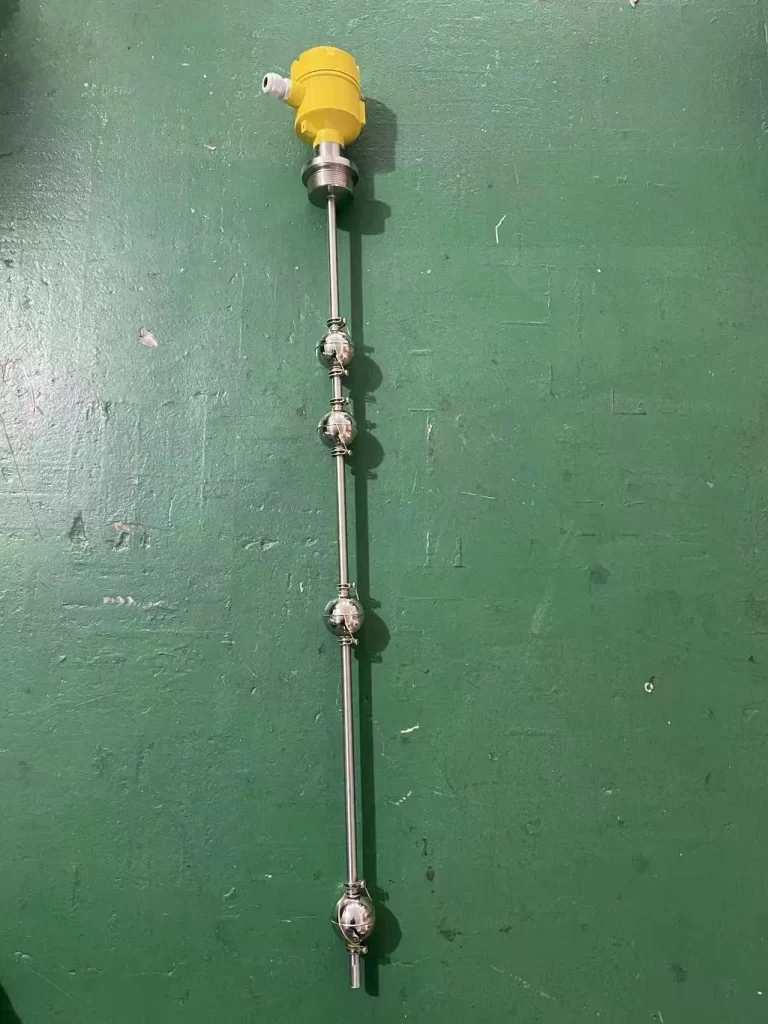
Float Level Switches: Main Applications
- Water Treatment Plants: For tank level control and pump automation
- Food & Beverage: Sanitary versions help in hygienic liquid level monitoring
- Oil & Gas: Used in separators, tanks, and pipelines
- Chemical Processing: Float switches monitor aggressive fluids using chemical-resistant materials
- HVAC Systems: For monitoring condensate, chilled water, and boiler levels
- Marine & Automotive: For fuel, ballast, and engine coolant level control
Choosing the Right Float Level Switch: Parameters
- Medium Type
- Water-based liquids
- Fuels and oils
- Aggressive chemicals
- Temperature and Pressure
- Mounting Options
- Side or vertical installation
- Threaded, flanged, or clamp mount
- Switching Logic
- Open or Closed
- SPST or SPDT configurations
- Analog vs Digital signaling
- Electrical Specifications
- Voltage and current rating
- Relay, PLC, or direct actuation compatibility
- Environmental Conditions
- IP rating for dust/water protection
- Intrinsically safe models for hazardous areas (ATEX/IECEx)
More Level Switches and Level Measurement Solutions
- Different Solutions for Fluid Level Measurement
- Float Type Level Transmitters for Continuous Level Measurement
- All-inclusive Guide To Bin Level Measurement Systems
- An Out-and-Out Guide To Different Types Of Level Transmitters
- Typical Ultrasonic Level Sensor Applications and Advantages
- Different Diesel Level Sensors for Diesel Tank Level Measurement
- 4 Wire – 3 Wire – 2 Wire Ultrasonic Level Transmitter
Float Level Switches are easy to install and maintain, and support customization of single-point measurement and multi-point measurement. Including installation form, size, material, etc., can be customized according to working conditions. Therefore, Float Level Switches are widely used in industrial measurement and control.
Sino-Inst has been committed to providing users with effective and simple liquid level measurement and control solutions for many years. If you need liquid level monitoring and switch control, please feel free to contact our sales engineers!
-1.jpg)
